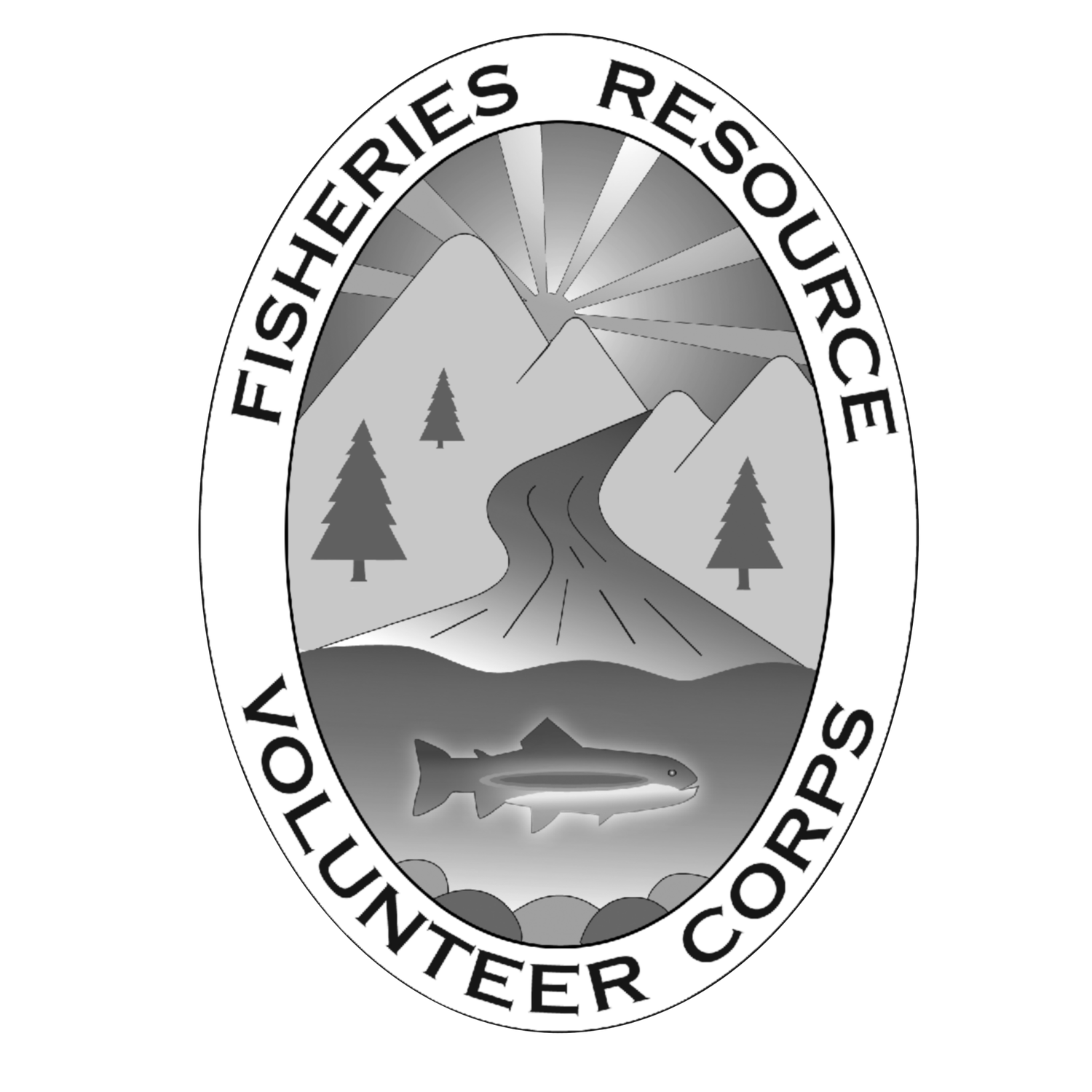Removing Invasive Tamarisk Plants at Lake Piru
Fisheries Resource Volunteer Corps (FRVC) is dedicated to protecting and preserving the wild trout streams and rivers in the Angeles and San Bernardino National Forests. One of the ways we do this is by tackling invasive species that threaten the health of the ecosystem.
One such invasive species is the Tamarisk plant, also known as salt cedar. Tamarisk plants are highly water-consuming and can outcompete native plants for resources. They also have a deep root system that can cause soil erosion and destabilize riverbanks.
That's why we are excited to announce that our volunteers have removed over 20,000 Tamarisk plants from Lake Piru and its surrounding area. Our volunteers have also removed thousands of Tamarisk plants from the East Fork in San Gabriel Canyon. This removal is an important step in protecting the lake and the fish and wildlife that call it home.
Removing invasive species like Tamarisk is a challenging but rewarding task. Our volunteers are trained and supervised by experienced professionals, and they learn about the biology and ecology of the plants they are removing. This knowledge helps them to understand the importance of their work and to make informed decisions about how to remove the plants in the most effective way possible.
We invite anyone who is interested in joining us on projects like this to contact us to learn more about how you can get involved. Together, we can make a real difference in protecting and preserving the wild trout streams and rivers in the Angeles and San Bernardino National Forests.
In addition to that, it is also important to educate and spread awareness on the harmful effects of invasive species on the environment and the importance of learning how to identify and remove them. And how to do it safely and responsibly so we can preserve and protect the environment for future generations.
We are grateful for the opportunity to work on this important project and we look forward to continuing our efforts to remove invasive species and protect the ecosystems of the Angeles and San Bernardino National Forests.

